Will AI Replace My Graphic Design Degree?
 Credit: Image Credit: Pekic / E+ / Getty Images
Credit: Image Credit: Pekic / E+ / Getty Images- Generative artificial intelligence (AI) scans massive data sets to turn users’ text prompts into images.
- AI tools may help designers accelerate technical tasks.
- In their current state, these tools have limitations and may pose a threat to artists’ intellectual property.
- AI may never replace human creativity. In fact, designers’ roles may be more important than ever.
While colleges debate if ChatGPT will change education forever, the design world is brimming with new AI-powered art generators. Text-to-image tools like Midjourney, DALL-E, and others are increasingly popular and promise to replicate at least some parts of a designer’s job.
If you’re a student considering a graphic design degree, you’ll want to know about these tools’ capabilities — and what they can’t master, yet.
What Is Generative AI?
If you’ve ever hit autocorrect in a photo editor, you’ve used AI — an algorithm that identifies and completes patterns. Generative AI is a type of AI tool capable of producing new texts, shapes, and sounds by pulling from existing databases.
According to the World Economic Forum’s definition (which was co-written by ChatGPT), generative AI can create advertisements, illustrations, corporate visuals, and new images. It can disrupt the art and design industries by helping humans produce new works and ideas.
Here’s a quick rundown of some popular generative AI tools in art and design.
Midjourney
The Midjourney bot uses generative AI to create images from users’ text prompts. It’s known for its ability to produce otherworldly, gothic-fantasy-style images and award-winning scenescapes.
Its creators “train” the tool on massive open data sets of text and images to generate new content. In the words of Midjourney’s founder, David Holz, “It’s just a big scrape of the internet.”
Currently, you can only use Midjourney on the social media platform Discord, and you’ll need to purchase a subscription, starting at $8 a month.
Artists and novices can play with prompts and watch the bot create wild portrayals. But good luck getting it to shift from its signature style. It’s stuck in fantasy mode. See how it treated my prompt for “minimalistic design.”
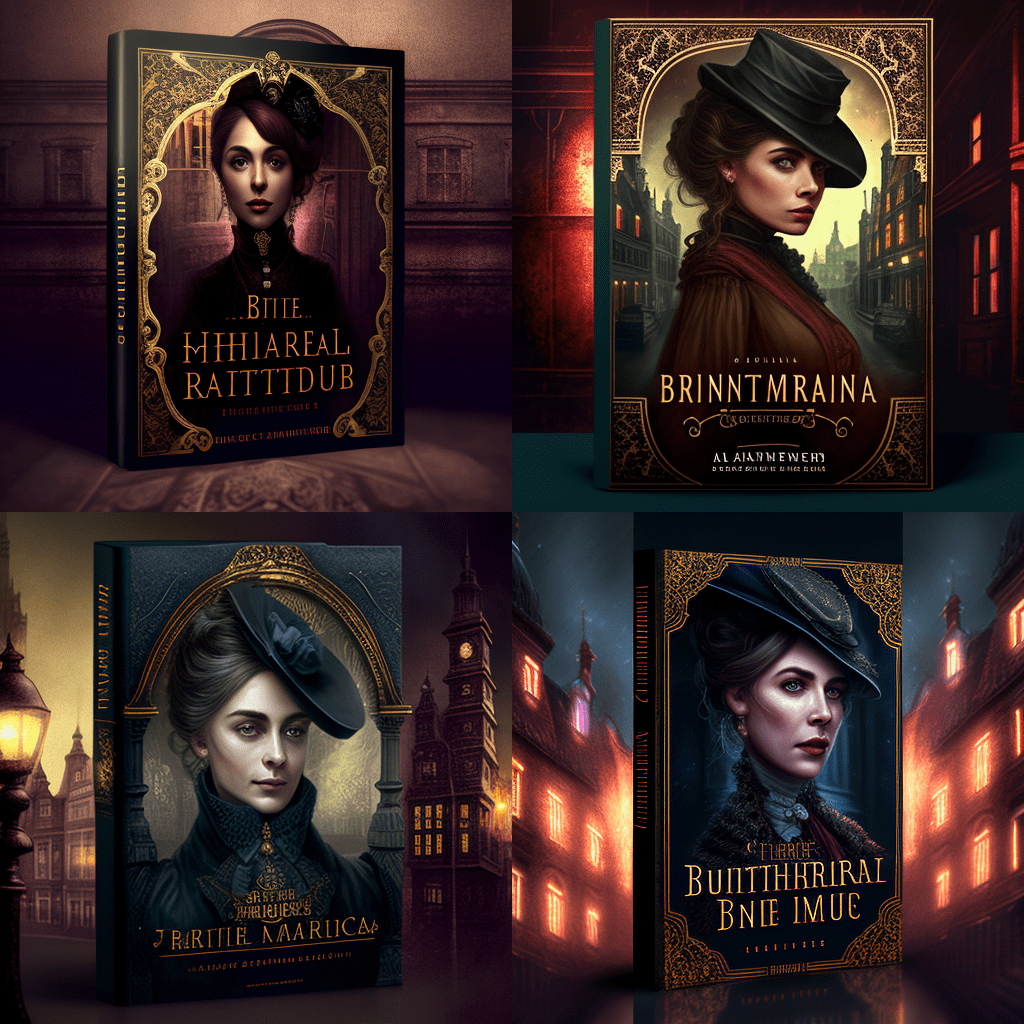
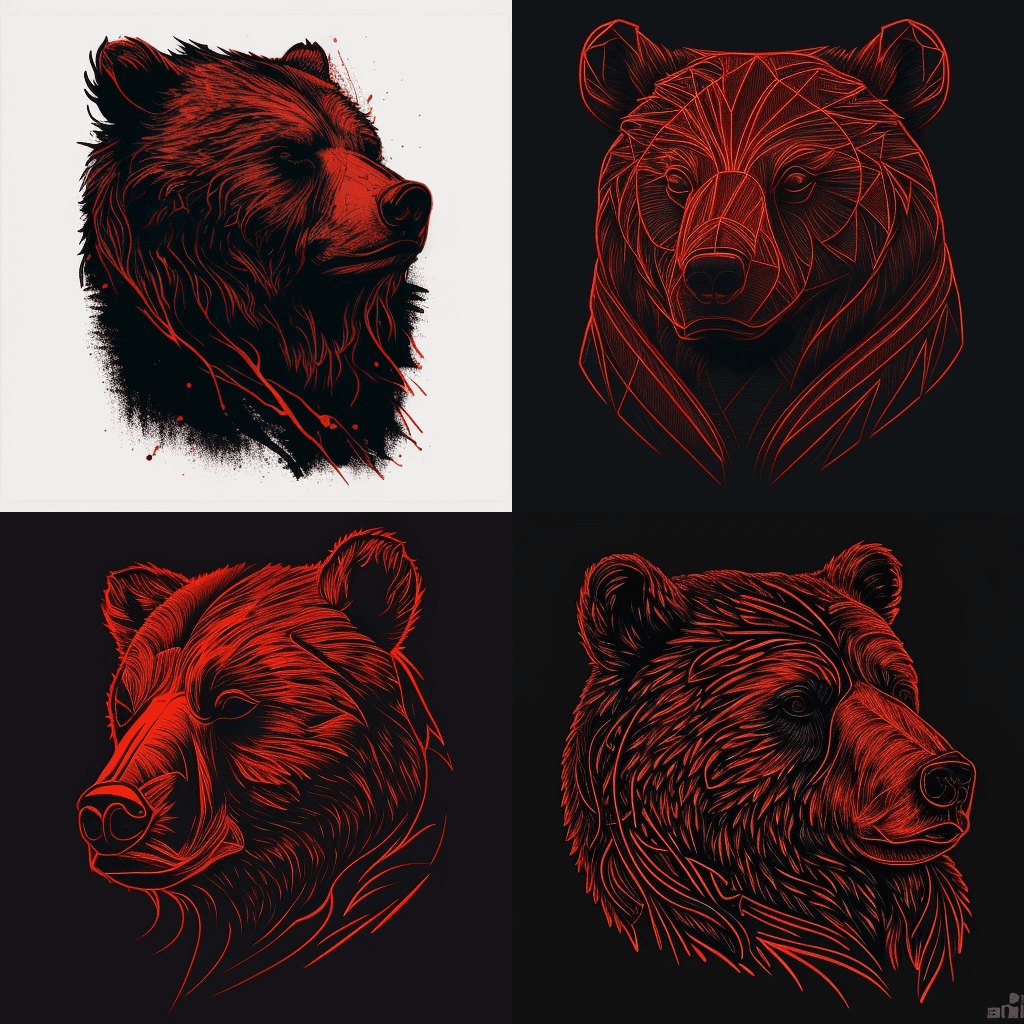
DALL-E
Midjourney is far from the only text-to-image AI tool. In 2021, research company OpenAI — yes, the same group that spawned ChatGPT — introduced DALL-E. The tool is now in its second iteration, DALL-E 2.
DALL-E 2 creates images from simple text prompts. Plus, it has an outpainting capability, letting users expand the frame of an image.
I spent $15 for 115 DALL-E 2 prompts. I was impressed with how quickly it spit out various fictional clothing brand logos.
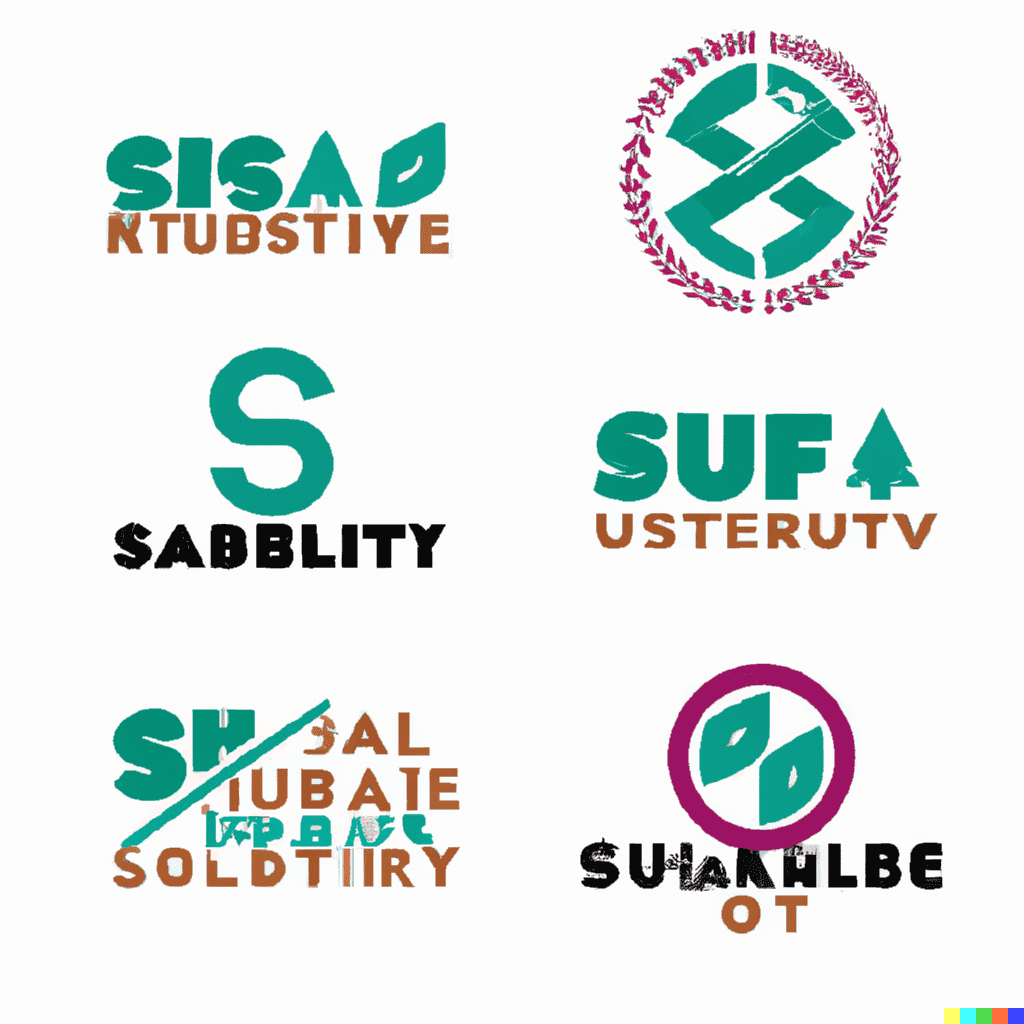
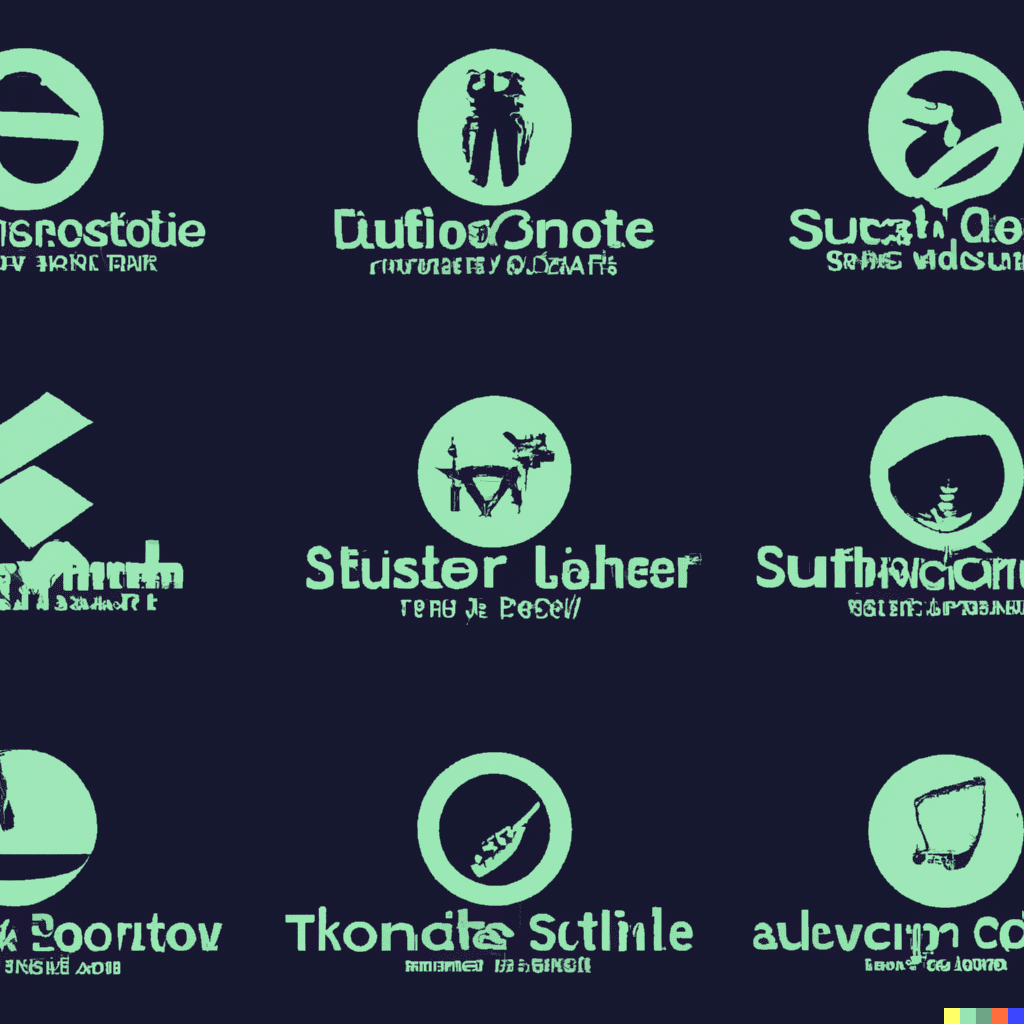
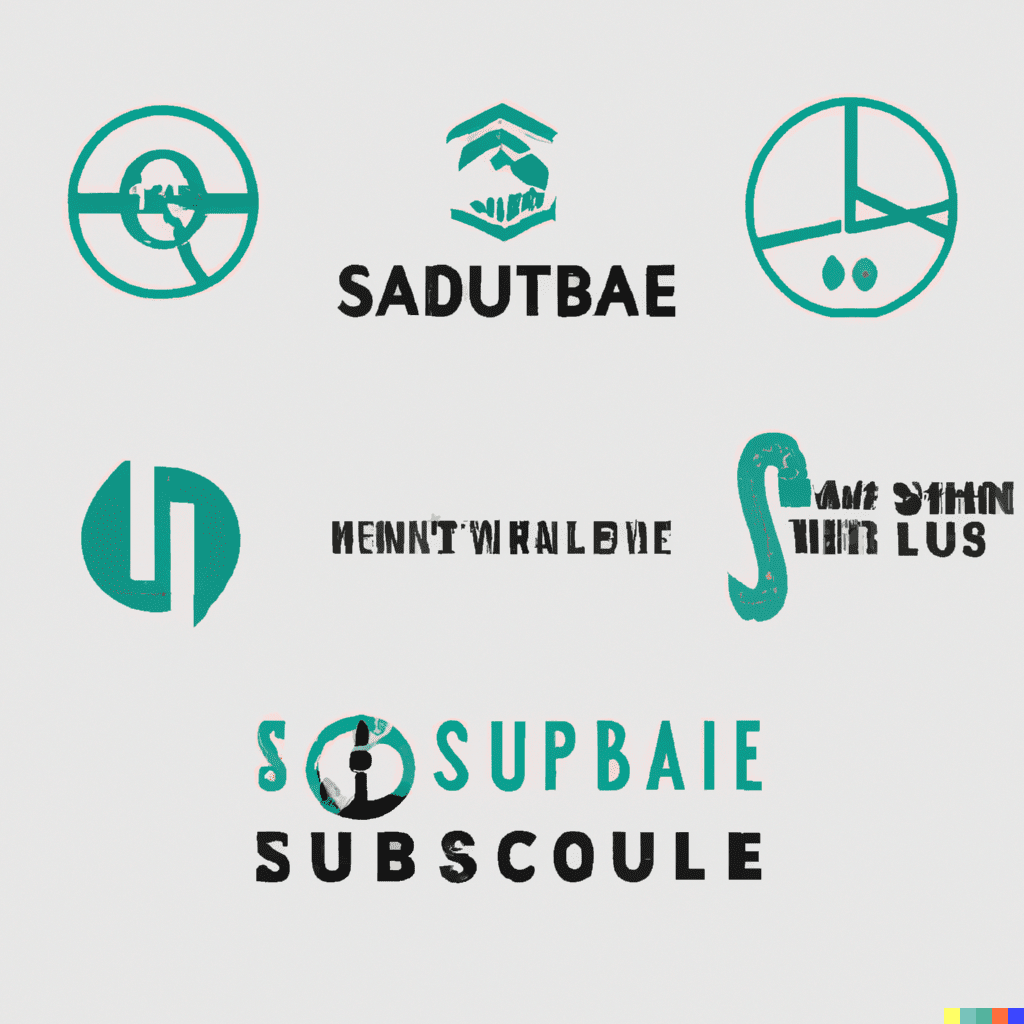
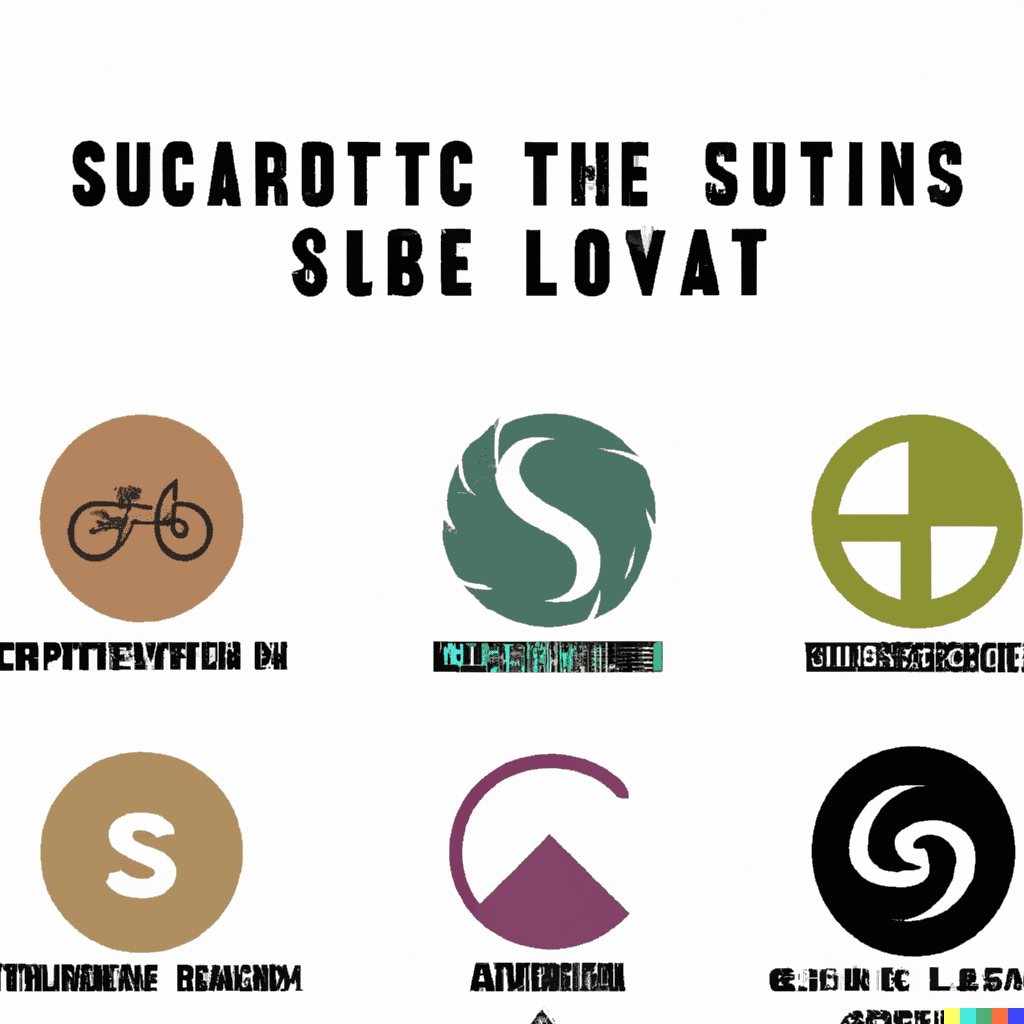
More Generative AI Tools From Adobe, Google, and Stable Diffusion
The plethora of AI tools boasts unique benefits for designers.
For example, Google’s Imagen isn’t available yet, but it promises “unprecedented photorealism.” Stable Diffusion offers a feature that will automatically improve your prompt. Adobe’s suite of generative AI tools highlights the ability to edit designs seamlessly and intuitively.
At the March 2023 Upfront Summit, Scott Belsky, Adobe Creative Cloud chief product officer, emphasized the importance of automating workflow to free up designers’ time for discovery.
“Our general thesis is that if you can reduce the amount of workflow that’s required after an idea, you can actually make more ideas happen,” Belsky said.
Problems With Plagiarism
Generative AI isn’t without controversy. In the same way ChatGPT has fueled questions about plagiarism and the purpose of learning, AI tools get a bad rep for stealing from human artists.
Designer, illustrator, and art studio owner Adam Hanson told BestColleges that the response to tools like Midjourney in the illustration community has been “overwhelmingly negative.”
“The tricky thing with AI is that it’s using existing work to build new work. It can’t produce without being fed,” Hanson said. “The main concern is people’s work being stolen.”
It’s not just a concern, but a subject of litigation. In January, Getty Images sued Stability AI, the makers of Stable Diffusion, citing intellectual property infringement. Now, the company, along with Midjourney and Deviant Art, are defendants in a class-action lawsuit.
This lawsuit signals that some artists and designers believe the rise of AI — at least in its current form — threatens livelihoods.
Will AI Replace Graphic Designers?
Text-to-image AI tools are scary capable — at some things. And these tools are accelerating steps in the design process. But they’re not likely to replace the need for human creativity. Not yet, and maybe not ever.
“It is problematic to think that AI would replace humans in creative work,” said Gunalan Nadarajan, a professor and dean emeritus at the University of Michigan’s Stamps School of Art and Design.
This fall, Nadarajan is teaching a class on art controversies, including the rise of generative AI. He believes AI offers designers some benefits, like when a project requires processing loads of data or when a designer wants to build multiple scenarios for a creative brief before starting a project.
Rather than a threat, Nadarajan calls AI “one more tool in an artist’s toolkit.”
“Ironically,” he added, “the top threat to students keen to pursue design now is that they might buy into the belief that AI would somehow substitute them and their creative work.”
Hanson offered real-life examples of what a bot can’t do.
“With design, there are so many small details and minute thinking,” Hanson said. “Legibility, readability, color science, understanding flow and space. Before you can be good at cartooning, for example, you need to understand how anatomy works. How the body moves and flexes.”
I asked Hanson about my DALL-E athleisure logos. He was underwhelmed.
“If you’re typing in ‘athleisure wear logo,’ the AI is going to pool through a database of different brands and basically give you a median.”
A median. That sort of defeats the purpose of a brand label that stands out and represents a company’s purpose.
Not to mention, there are some things that today’s AI tools do really poorly.
Where AI Falters
Working With Ambiguity
AI art generators need generous guidance to create images. It can take time and creativity to prompt these tools just right to produce your desired result.
Repeating Bias
Researchers have called out AI systems in predictive policing and mortgage lending for recycling data from systemically biased institutions, which perpetuates discrimination.
Stereotypes crop up in AI art generators because they’re pulling images from data sets entrenched in bias.
For what it’s worth, DALL-E 2 has implemented changes to better reflect racial diversity in its images.
Hallucinating
Hallucination happens when a bot displays inaccurate information that doesn’t logically flow from its training. These hallucinations can be misleading — like when ChatGPT gives false information — or just plain absurd.
For example, Midjourney and DALL-E struggle to produce accurate counts when prompted for “six sardines” or “nine children.” They’re notorious for producing hands with extra or missing fingers.
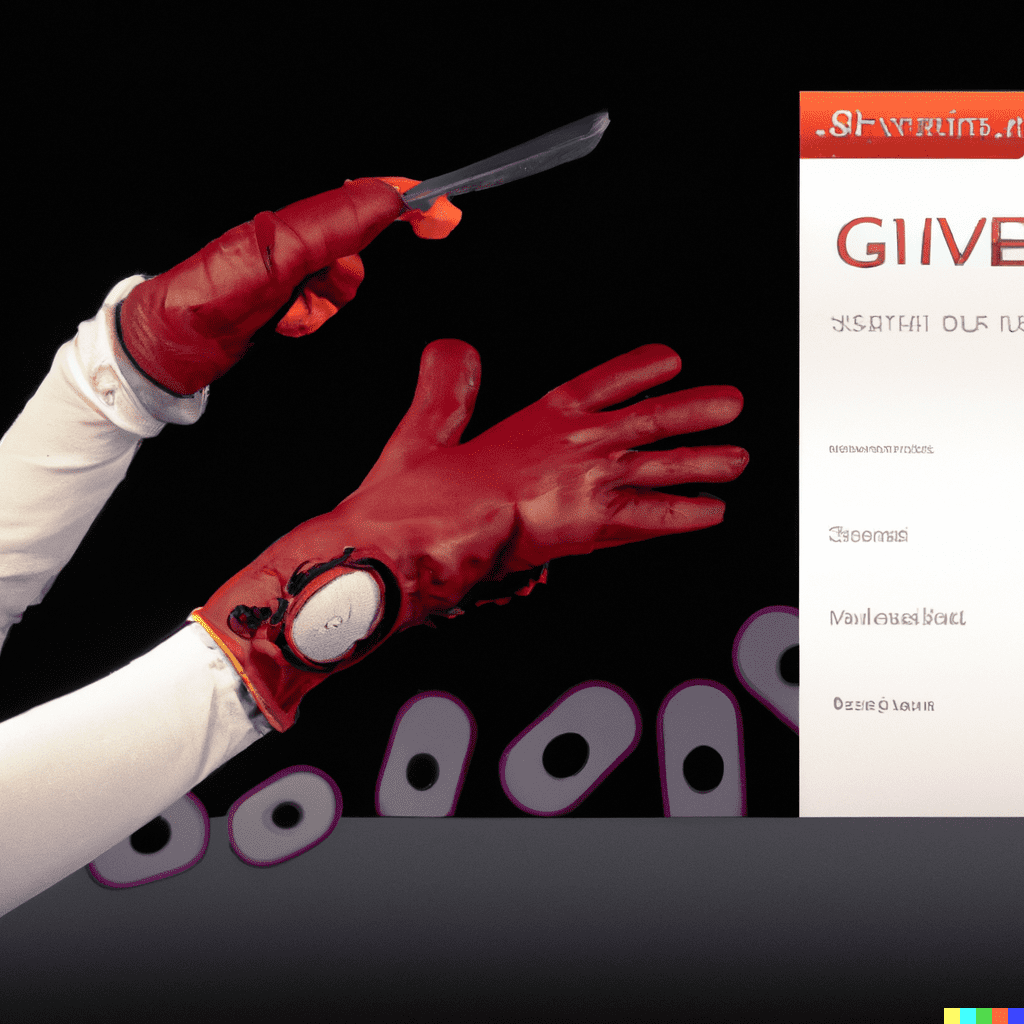
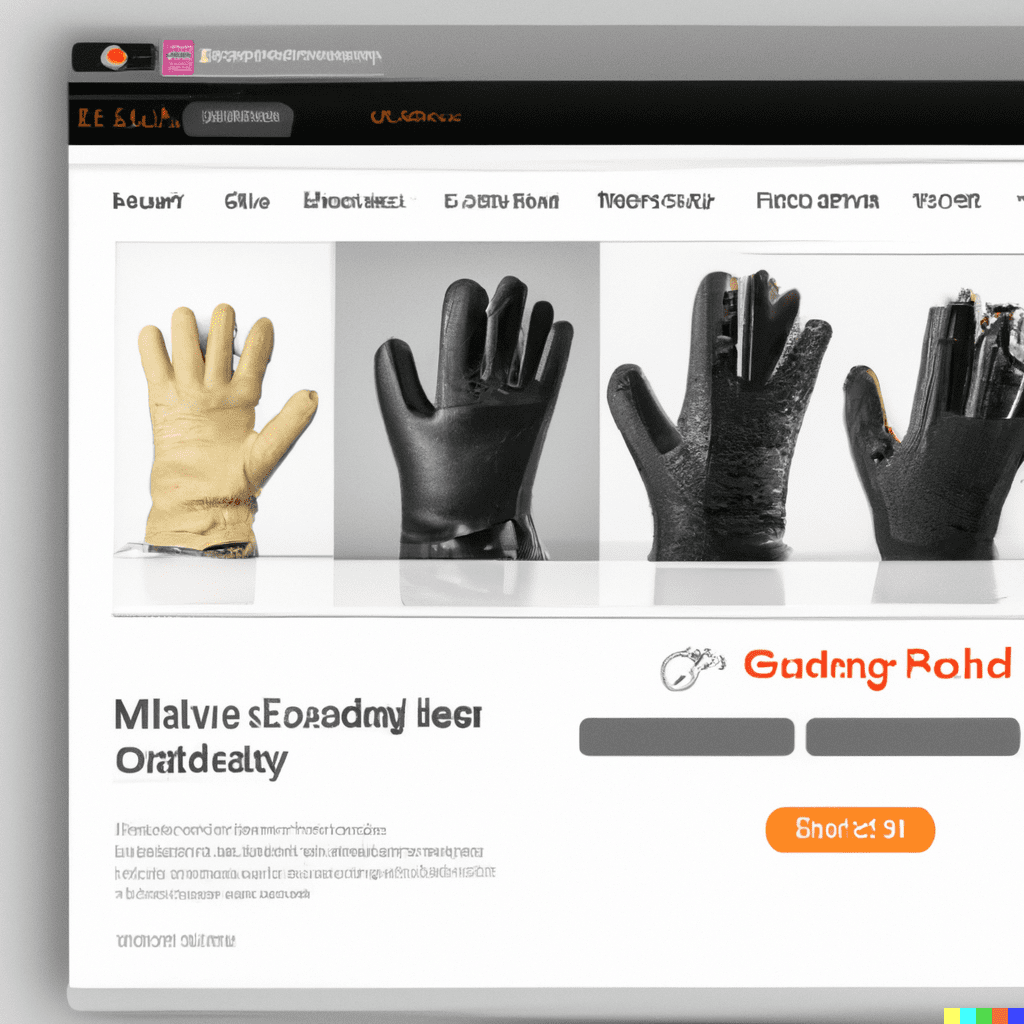
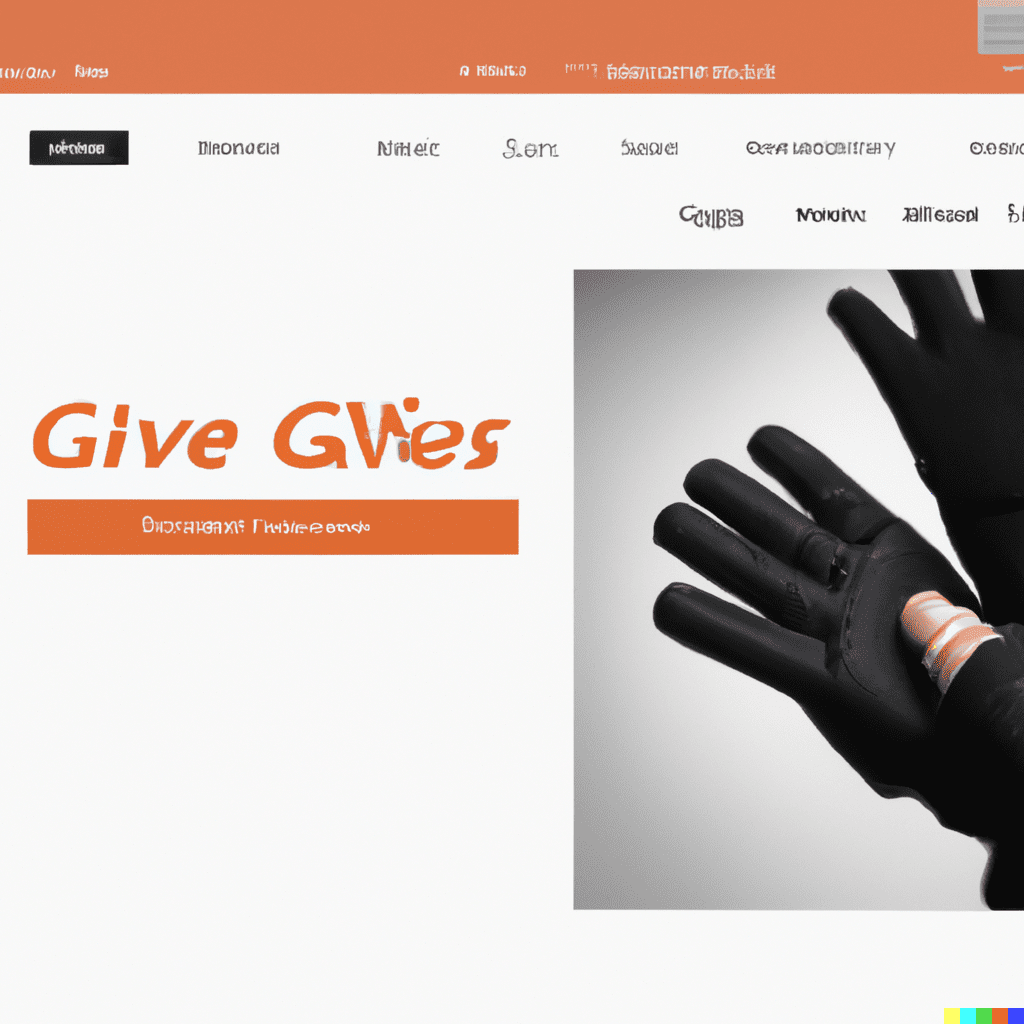
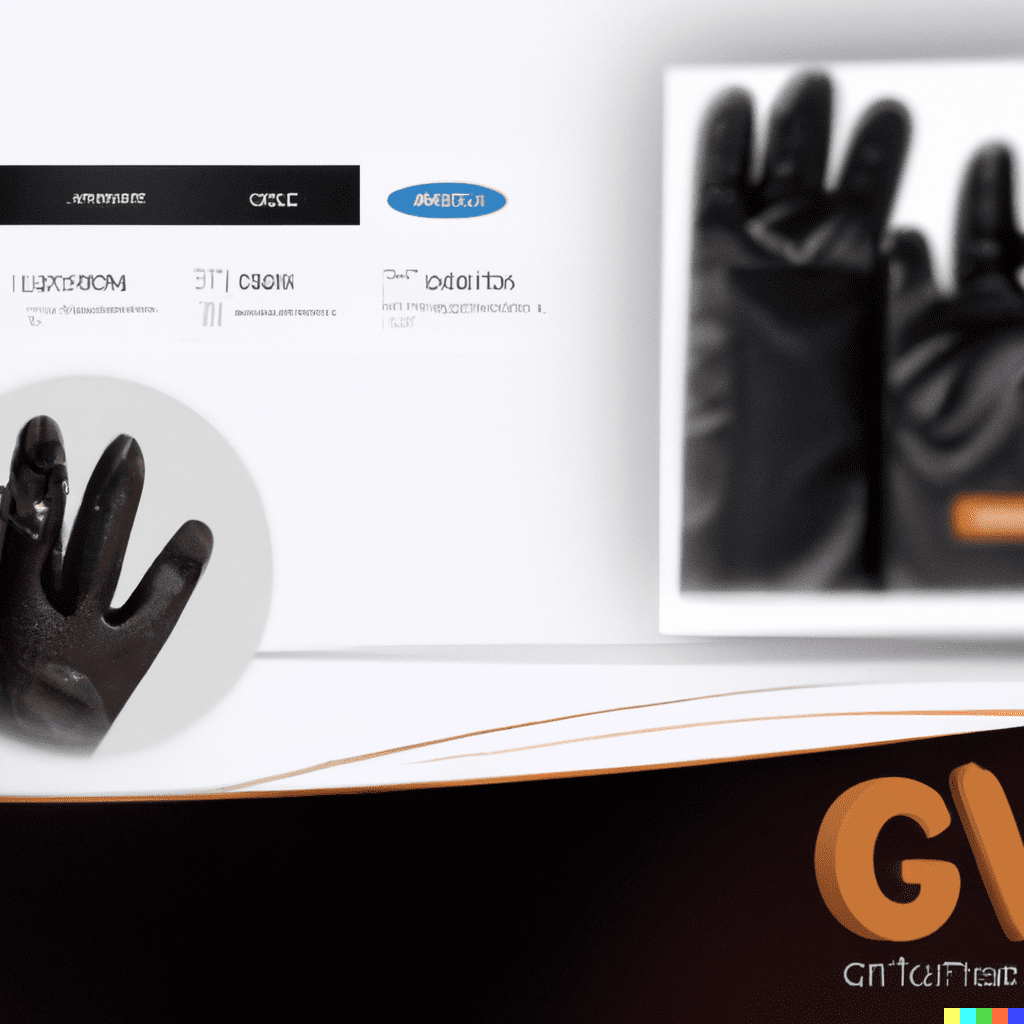
Authentic Discovery
So much of design is discovering new possibilities by making.
“Just think about the FedEx logo with the hidden arrow in it. I don’t think you would ever get something like that out of an AI currently,” Hanson said. “Rules and boundaries are what push an artist’s voice because you need to find a way to put a unique spin on something like a logo.”
As Nadarajan pointed out, the unpredictable nature of human imagination and decision-making leads to innovation.
“Replicating these capacities for human imagination is technologically challenging, and some scientists argue near impossible,” he said, “And it is increasingly becoming apparent — especially in ethical and legal discussions of AI — that leaving human discretion in the AI loop is critical.”
What Design Students Should Know About an AI-Assisted Future
AI graphic design tools, at their best, can help design students make discoveries faster during the creative process. But, to take advantage of this growing technology, students need to develop certain skills. Design schools can help with that.
“I would argue that art and design schools are the last bastions for the development of skills, knowledge, and practices that would continue to challenge the dominance of AI,” said Nadarajan.
Why? Because these programs teach what Nadarajan calls “disruptive thinking, discovery by making, and imaginative meandering,” among other strictly human abilities.
“These skills are already being taught in various ways now, and I believe there should be a renewed commitment to teaching these skills,” he said. “In addition, art and design programs should actively incorporate AI technologies in teaching, not only as one more tool but as a way to disruptively innovate.”
So, when researching design degree programs or microcredentials, like bootcamps, consider how the faculty treats generative AI in its curriculum and policies.
In addition, here are some skills you can practice on your own and with the help of a design education.
1. Learn How to Prompt.
If you plan to use AI to assist your creative process, you’ll need to know how to prompt it to get your desired results.
In general, the more specific your prompt, the better your output. So, knowing about design elements — like scale, space, and typography —can help you craft better prompts.
For example, Hanson explained he could prompt a bot what font to use to create a desired effect, whether that’s using a geometric rounded font to evoke a friendlier feel or spacing out letters to make a piece seem epic.
2. Develop Your AI Literacy.
What tool will work best for your project? The more AI tools you can master, the more you can mix and match to work efficiently and imaginatively.
Case in point, recent Kenyon College senior Devon Turner used ChatGPT and DALL-E 2 to generate film script outlines and storyboards for his senior seminar project. Now that’s cool.
3. Protect Your Property.
Get smart on how intellectual property legislation evolves. Stay current on the lawsuits involving AI and learn how to protect your portfolio. After all, the bots are here, and they’re multiplying.
4. Know Yourself. Grow Your Creativity. Feed Your Imagination.
Create. Sounds corny, but it’s probably the one thing AI can never do.
And take heart, because becoming a designer — and learning to think like one — might just help you build an irreplaceable career.
“Being an artist or designer engaged in creative making is probably one of the best professions to be in in these times,” Nadarajan said. “I would advise that students go bravely into these professions because they represent the best hope humanity has in responding ethically, responsibly, and innovatively to AI.”